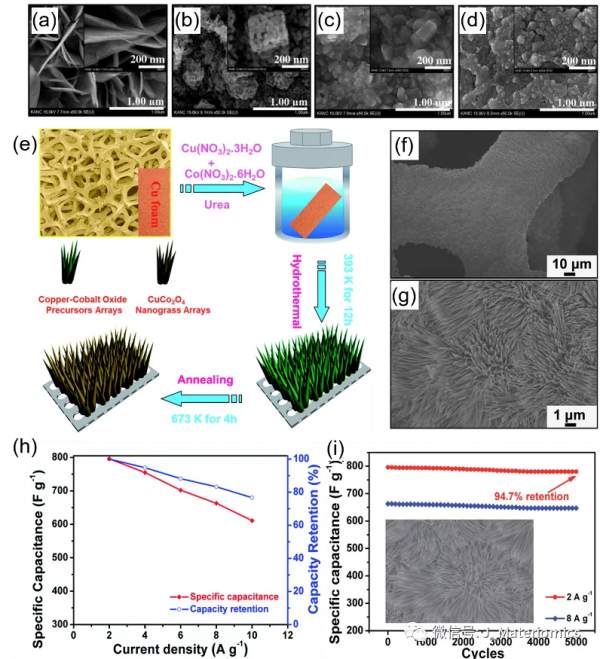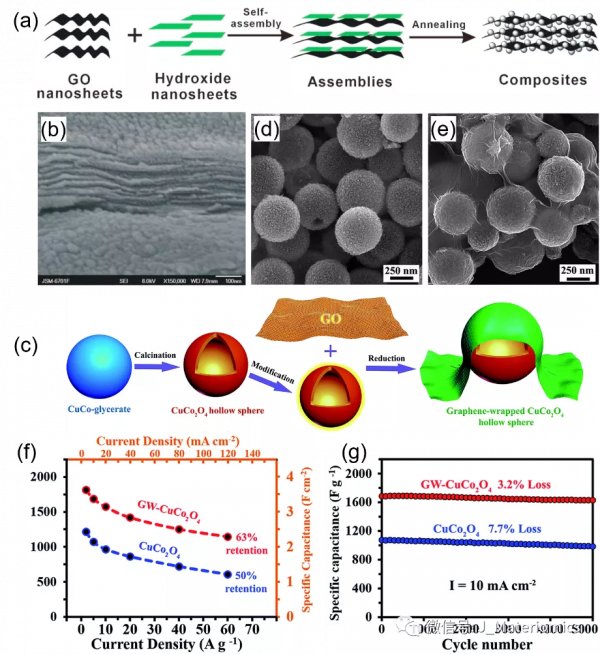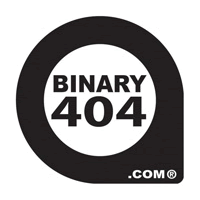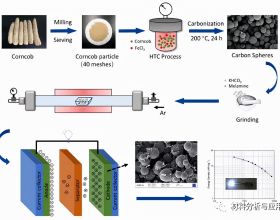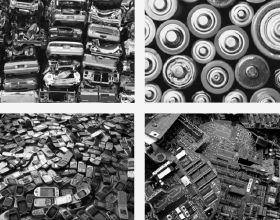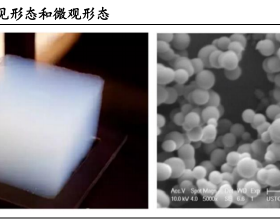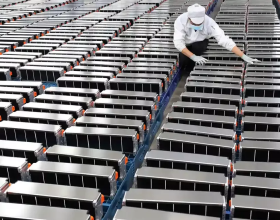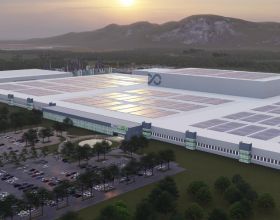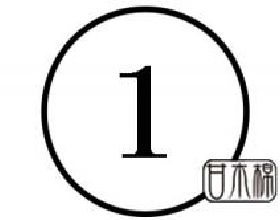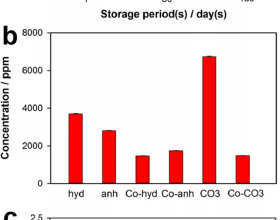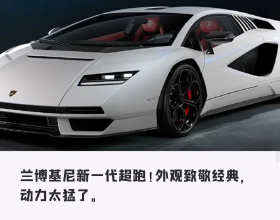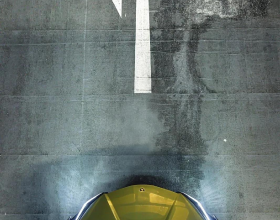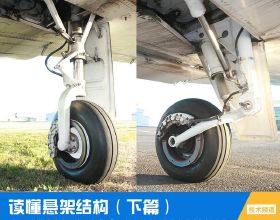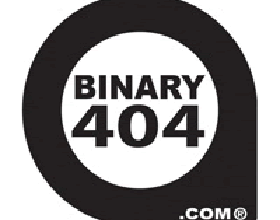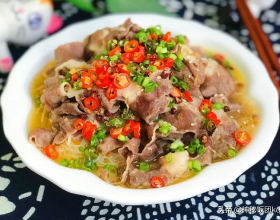中北大學陳慧玉教授團隊在Journal of Materiomics第7卷第1期發表了題目為“A review on the synthesis of CuCo2O4-based electrode materials and their applications in supercapacitors”的綜述論文(DOI:10.1016/j.jmat.2020.07.013)。
論文綜合分析了CuCo2O4的晶體結構以及在超級電容器應用中的優勢和目前存在的問題。全文主要包括:1. 總結形成 CuCo2O4 基電極材料的多種手段;2. 比較和總結了不同 CuCo2O4基電極材料的容量和生命週期;3. 提出並討論了提高 CuCo2O4基電極材料電容效能的可行方案等幾個方面。最後總結並綜述了用於超級電容器的 CuCo2O4及其複合材料的最新進展,提出超級電容器在應用中的研究進展和未來發展趨勢。
Highlights
· Recent advances of CuCo2O4 and its composites for supercapacitors are reviewed.
· Formation of CuCo2O4-based electrode materials by various methods are summarized.
· Capacity and life cycles of different CuCo2O4-based electrode materials are compared and summarized.
· The possible ways to enhance the capacitive performance of CuCo2O4-based electrode materials are discussed.
· Directions for future research on CuCo2O4-based electrode materials are proposed.
Sun J, Xu C, Chen H. A review on the synthesis of CuCo2O4-based electrode materials and their applications in supercapacitors[J]. J. Materiomics, 7(2021), pp. 98-126.
內 容 梗 概
電池型CuCo2O4電極材料因其理論比容量高、元素銅儲量豐富、成本低等優點,近年來在超級電容器的應用中引起了廣泛的研究興趣。但是在實際應用中,CuCo2O4仍存在一些問題如電導率差、比容量不夠理想、迴圈耐久性較差等缺點。全文綜述了鈷酸銅(CuCo2O4)電極材料的製備方法、以及在超級電容器應用中的研究進展和未來發展趨勢。首先,從電池型CuCo2O4電極材料有望提升超級電容器比容量和能量密度的角度出發,綜合分析了CuCo2O4的晶體結構以及在超級電容器應用中的優勢和目前存在的問題;詳細闡述了CuCo2O4電極材料的製備方法及電化學效能;對單一CuCo2O4電極材料(包括粉體和無粘結劑CuCo2O4)在超級電容器中的電化學效能表現進行詳盡地總結與分析;之後,探討了基於CuCo2O4複合電極材料在超級電容器中的電化學效能及最新進展;最後對CuCo2O4電極材料應用於超級電容器的未來發展方向進行總結和展望。
Fig.10. FE-SEM images of the CuCo2O4 with different morphologies, (a) nanosheets, (b) cubes, (c) compact granular, and (d) agglomerated structures. CuCo2O4 nanograss on copper foam: (e) schematic illustration of the fabrication processes, (f) and (g) low and high-magnification SEM images, (h) specific capacitance as a function of current density, and (i) cycling performance at 2 A g-1 and 8 A g-1 with the SEM image taken after 5000 cycles at 2 A g-1 (inset).
Fig.12. CuCo2O4/rGO composite: (a) schematic illustration for the preparation and (b) FESEM image. (c) Schematic illustration for the formation process of graphene-wrapped CuCo2O4 hollow spheres, FESEM images of (d) CuCo2O4 hollow spheres and (e) graphene-wrapped CuCo2O4 hollow spheres. (f) Rate capability and (g) long-term cycling performance of CuCo2O4 hollow spheres and graphene-wrapped CuCo2O4 hollow spheres, respectively.
Fig.16. (a) Schematic illustration for the synthetic route of heterostructural CuCo2O4/PPy. (b) SEM image of CuCo2O4/CuO@NiCo2S4 composites. (c) SEM image of the CNT-CuCo2O4@Ag sample, (d) specific capacity (mAh g-1) at different current density, and (e) cycling stability of the CuCo2O4, CNT-CuCo2O4, and CNT-CuCo2O4@Ag electrodes. Digital images of (f) the positive and negative electrodes used for fabrication of ASC device, (g) assembled ASC device, and (h) the two ASC devices in series glowing LEDs.
展 望
該綜述詳盡地總結了CuCo2O4電極材料的製備方法及在超級電容器應用方面的研究進展。儘管一些已報道的CuCo2O4及其複合電極材料在超級電容器上表現出較好的效能,但以下幾方面仍可進一步研究和改進:(1)一些基本概念不能混淆,CuCo2O4電極材料屬於電池類材料而不是贗電容材料,其容量的表述應該是比容量(C g-1或mAh g-1)而不是比電容(F g-1)。(2)特殊中空結構的設計:可以透過MOF輔助或自模板方法,製備孔徑尺寸和形貌可控的獨特中空結構CuCo2O4電極材料,有望提高其電化學效能。(3)可透過金屬離子的摻雜產生氧空位來提高CuCo2O4的電導率,進而提升其電化學效能;或將CuCo2O4與其他高導電性材料如金屬粒子、碳材料等複合來提高材料整體的導電性。(4)負極材料的研究,透過製備和設計具有更高比電容和更寬電位視窗的負極(如rGO/Fe2O3、V2O5、Bi2O3等)以取代活性炭,可進一步提高超級電容器的能量密度。(5)電解液的研究,有機電解液或離子液體電解液的使用可以增加電壓視窗並進一步提高能量密度。此外,氧化還原電解質的使用(如KI、KBr、Na2MoO4、K3Fe(CN)6等)是改善超級電容器電化學效能的另一種可能策略。(6)透過在活性材料和集流體之間引入緩衝層,以加強它們之間的接觸,可以在一定程度上提高電極材料的導電性和迴圈穩定性。
Journal of Materiomics(JMAT),由中國矽酸鹽學會主辦。該刊引領材料學科發展前沿,注重報道以材料設計、製備、表徵及應用技術為主線的系統性前沿研究成果。點選文末“閱讀全文“可免費獲取所有論文全文。
Journal of Materiomics 入選首批中國科技期刊卓越行動計劃(2020年度評估為優秀),被SCI和Scopus收錄,影響因子6.425(Materials Science, Multidisciplinary;Physics,Applied;Chemistry,Physical均位於Q1分割槽),Citescore為8.8。
https://www.journals.elsevier.com/journal-of-materiomics

